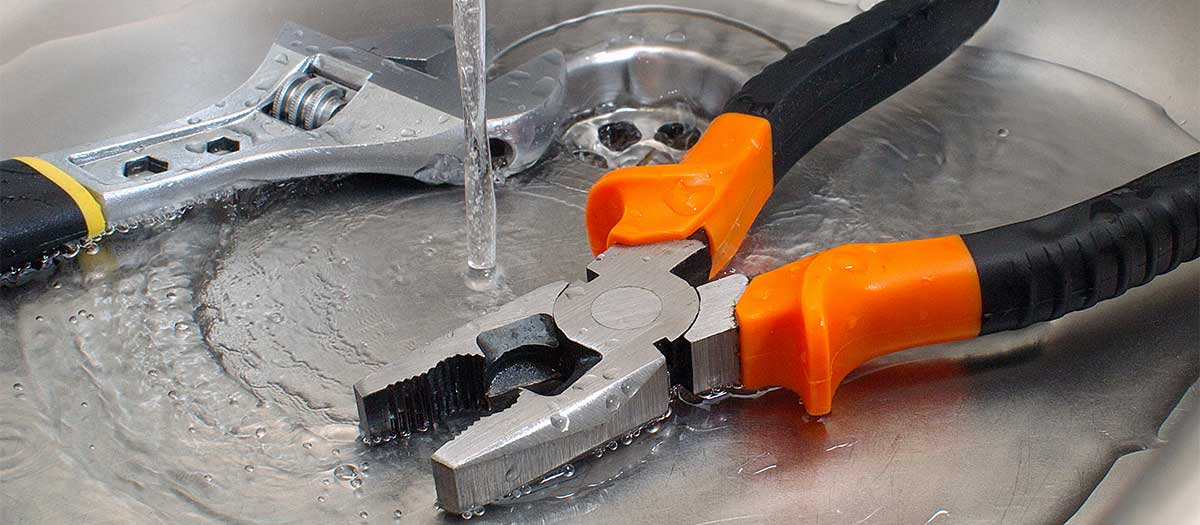Guide To Water Leak Discovery In The House
Guide To Water Leak Discovery In The House
Blog Article
What are your ideas about Locating water leaks?

Early detection of leaking water lines can reduce a potential catastrophe. Some little water leaks may not be visible.
1. Examine the Water Meter
Every residence has a water meter. Checking it is a surefire way that aids you find leaks. For starters, shut off all the water sources. Ensure nobody will purge, use the tap, shower, run the washing maker or dishwashing machine. From there, go to the meter and watch if it will certainly transform. Considering that no person is using it, there ought to be no motions. That indicates a fast-moving leakage if it relocates. Similarly, if you find no changes, wait an hour or two and also inspect back once more. This implies you might have a slow-moving leak that might also be underground.
2. Examine Water Usage
Examine your water expenses as well as track your water consumption. As the one paying it, you should see if there are any kind of inconsistencies. If you detect sudden changes, regardless of your usage being the same, it indicates that you have leaks in your plumbing system. Keep in mind, your water costs ought to drop under the exact same range on a monthly basis. An unexpected spike in your bill indicates a fast-moving leak.
A steady boost every month, also with the same behaviors, reveals you have a sluggish leakage that's also gradually intensifying. Call a plumber to thoroughly examine your home, particularly if you feel a cozy area on your flooring with piping underneath.
3. Do a Food Coloring Examination
30% comes from bathrooms when it comes to water intake. Examination to see if they are running effectively. Decline specks of food color in the tank and wait 10 minutes. If the shade in some way infiltrates your dish throughout that time without flushing, there's a leak in between the tank as well as dish.
4. Asses Exterior Lines
Do not neglect to check your exterior water lines also. Needs to water leak out of the link, you have a loosened rubber gasket. One tiny leakage can throw away loads of water as well as surge your water costs.
5. Inspect as well as Evaluate the Circumstance
House owners need to make it a routine to check under the sink counters as well as also inside closets for any bad odor or mold development. These two red flags indicate a leak so timely attention is needed. Doing regular examinations, also bi-annually, can save you from a major issue.
Inspect for stainings and also deteriorating as the majority of home appliances as well as pipes have a life span. If you presume dripping water lines in your plumbing system, do not wait for it to rise.
Early detection of leaking water lines can mitigate a possible calamity. Some small water leaks might not be visible. Checking it is a guaranteed method that helps you find leakages. One tiny leak can waste lots of water as well as surge your water bill.
If you believe leaking water lines in your plumbing system, do not wait for it to escalate.
WARNING SIGNS OF WATER LEAKAGE BEHIND THE WALL
PERSISTENT MUSTY ODORS
As water slowly drips from a leaky pipe inside the wall, flooring and sheetrock stay damp and develop an odor similar to wet cardboard. It generates a musty smell that can help you find hidden leaks.
MOLD IN UNUSUAL AREAS
Mold usually grows in wet areas like kitchens, baths and laundry rooms. If you spot the stuff on walls or baseboards in other rooms of the house, it’s a good indicator of undetected water leaks.
STAINS THAT GROW
When mold thrives around a leaky pipe, it sometimes takes hold on the inside surface of the affected wall. A growing stain on otherwise clean sheetrock is often your sign of a hidden plumbing problem.
PEELING OR BUBBLING WALLPAPER / PAINT
This clue is easy to miss in rooms that don’t get much use. When you see wallpaper separating along seams or paint bubbling or flaking off the wall, blame sheetrock that stays wet because of an undetected leak.
BUCKLED CEILINGS AND STAINED FLOORS
If ceilings or floors in bathrooms, kitchens or laundry areas develop structural problems, don’t rule out constant damp inside the walls. Wet sheetrock can affect adjacent framing, flooring and ceilings.
https://www.servicemasterbyzaba.com/blog/how-to-detect-water-leakage-in-walls/

As a passionate person who reads about Top leak detection hacks, I thought sharing that portion was mandatory. Sharing is caring. Helping others is fun. Thanks for going through it.
Report this page